When the Olympians Came to Campus
By Tom PorterThe story began back in the early ‘90s, recalls Todd Coffin. “We were in my wife’s family home in Bath—an old sea captain’s house—doing some tidying, when I found an old box tucked away on a bookshelf. Inside was this dusty stack of about twenty black-and-white photos of athletes, mostly runners.”
The athletes and the surroundings were familiar to Coffin, a Colby graduate and former distance runner himself. “I realized these prints might be a big deal when I came across a signed photo of the legendary long-distance runner Steve Prefontaine and the setting was clearly the Bowdoin campus.” There were many other familiar faces too, especially for anyone who followed US athletics in the 1970s: gold medal winners like marathon runner Frank Shorter, middle-distance specialist Dave Wottle, sprinter Eddie Hart, and the legendary decathlete Bruce (now Caitlyn) Jenner.
The photos were given to Coffin’s father-in-law, Bud Caverly, a Bowdoin graduate (’56) and long-time dentist in the greater Bath-Brunswick community. No one in Coffin’s extended family had any idea where the photos—which were clearly the work of a professional—came from or who took them, but they were able to identify the occasion. “In 1972, when I was eleven, members of the US men’s Olympic track team held a summer training camp on the Bowdoin campus ahead of the upcoming Munich Olympics.”
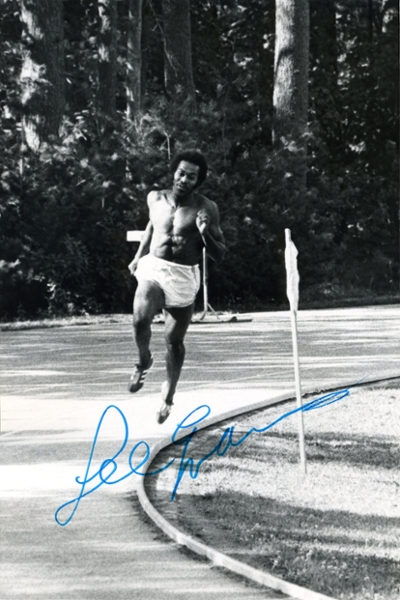
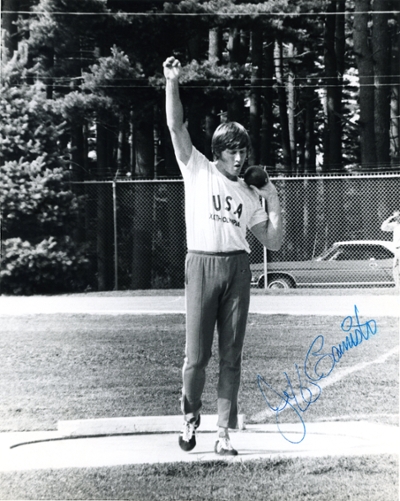
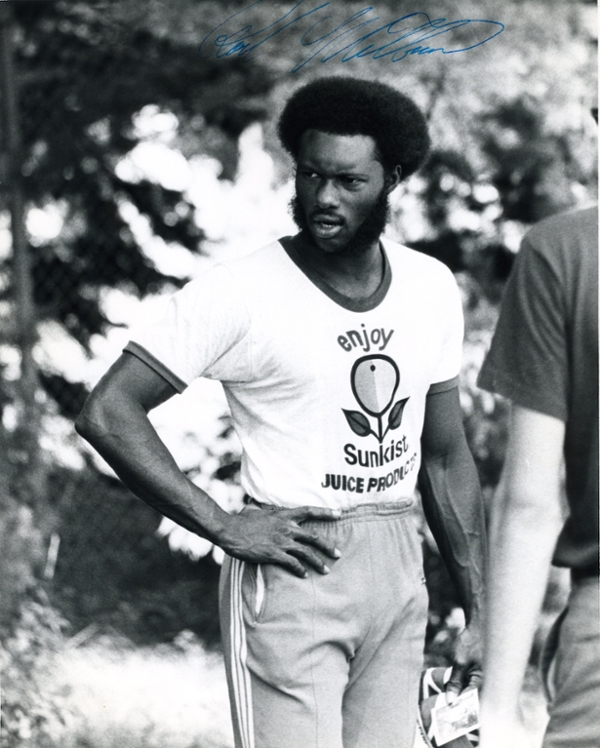



Why did these Olympians choose Maine for their final get together on US soil before heading to the games? And why the Bowdoin College campus in particular? Three people in the Bowdoin community played a big part in making this happen, says Coffin. “Bowdoin’s head physician, Dr. Dan Hanley ‘39, was well-known in athletic circles and was the US Olympic Team’s chief doctor at the time, while the Bowdoin head track coach, Frank Sabasteanski ‘41, was also renowned in national circles having coached the US national team in the late ‘60s. Furthermore,” he adds, “in 1971, Sabasteanski codirected a summer training camp which brought thirty of the nation’s top jumpers and vaulters to the Bowdoin campus, so the place was already well-known for many athletes.” Another key figure was Frank’s wife, Barbara Sabasteanski, who had been the US Olympic team nurse in three previous games.
The Brunswick location made sense for other reasons too, adds Coffin. “As well as being ‘on the way’ to Europe, this part of the country has a climate similar to Munich, while the campus boasted a state-of-the-art running track which was less than a year old. It also provided a relatively quiet setting, where athletes could focus on their training and team-building, as well as enjoy the occasional lobster bake!”
Coffin decided the photographs from of this occasion should not sit in a box forever where no one could enjoy them. They should be seen. “I made up my mind to put together some sort of a project documenting the event.” Coffin set about trying to find additional photos of the training camp, and thanks to Steve Podgajny, the former Portland Public Library director, he was able to gain access to dozens of images from the Portland Press Herald archives, which were housed at the library and had laid unseen for decades. “The event was covered by the media at the time, of course, and I ended up with thirty-six quality trackside photos, courtesy of the Press Herald’s sports writers,” he explains.
The result was Project 72, a photographic retrospective containing more than fifty images and more than twenty thousand words of accompanying text. A draft online manuscript has been completed, says Coffin, and he’s planning to publish the 120-page book this summer, to coincide with the fiftieth anniversary of the Munich summer games.
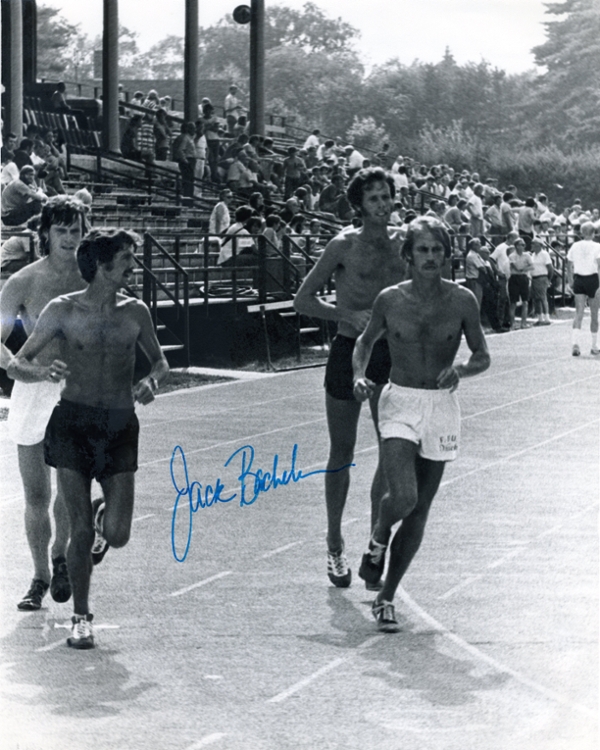
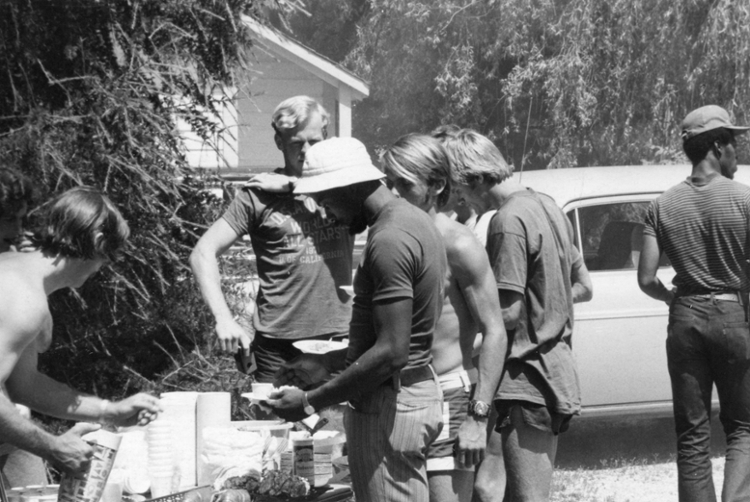
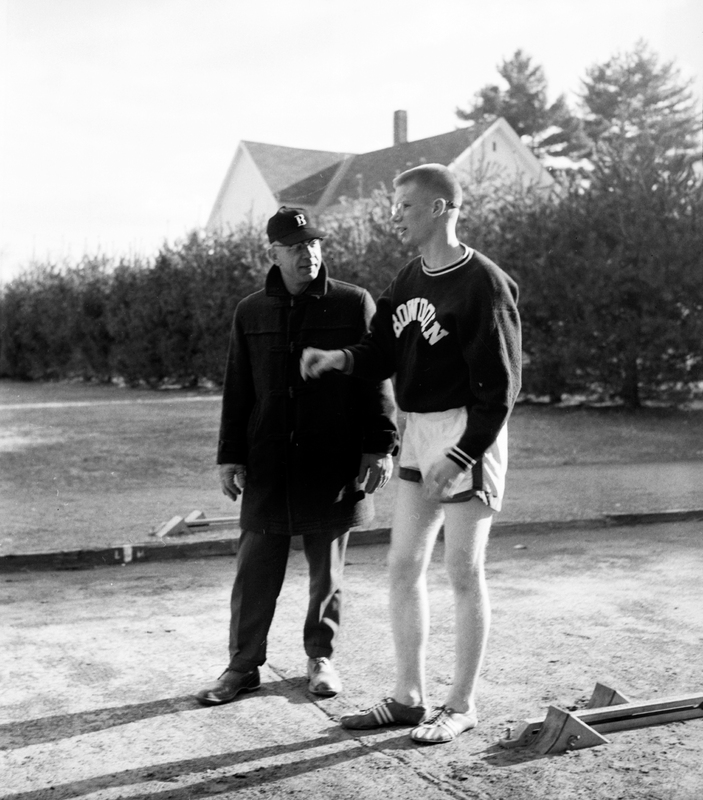
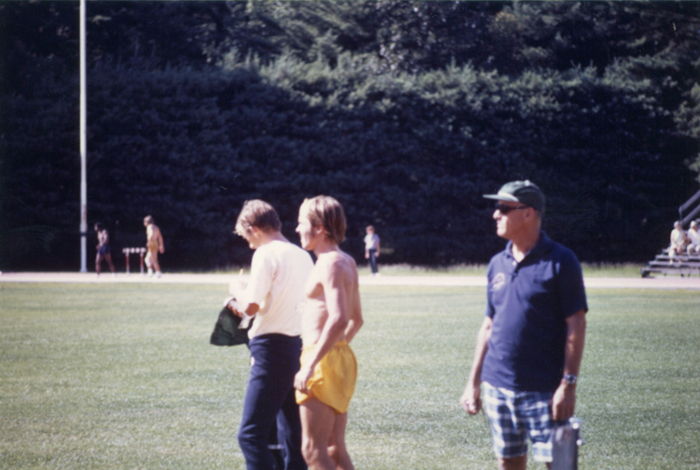




As he worked on the project, Coffin got to talk to many of the athletes who were at the training camp and gleaned some remarkable stories about the games. “Many of the athletes are still running, some are authors, some are coaches, while others got involved in civil rights.” The Munich games are, of course, infamous for the murderous attack in the Olympic Village, when Palestinian terrorists killed eleven Israeli athletes. The massacre happened midway through the games, says Coffin, but the International Olympic Committee pronounced the competition would continue in defiance of the terror and in deference to the sacrifice of the athletes.
As Coffin notes, marathon runner Frank Shorter summed up the sentiment of the day: “We have to spread the word by our performance that barbarism only makes Olympians stronger,” he said, as the athletes prepared to resume the games. “We have to say, ‘This is as scared as I get. Now let’s go run.’” Shorter went on to win the gold, one of thirty-three awarded to the US Team in the summer of 1972.
Fifty years later, with Bowdoin’s running and track facilities newly renovated in 2019 and the next Olympics now two years away, Coffin suggests that “the road to Paris may be the perfect time to bring the training camp back to Whittier Field and all that was good in Vacationland.”